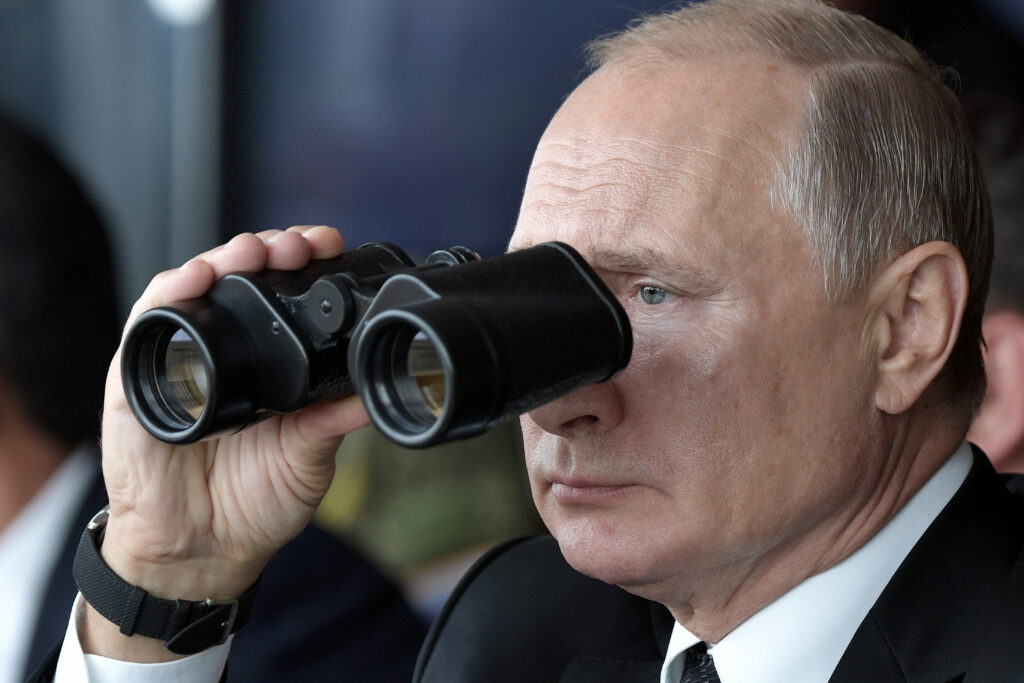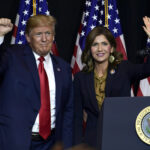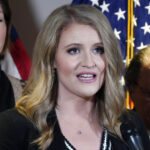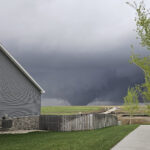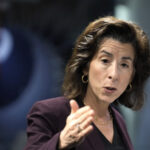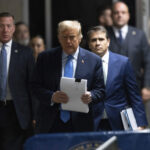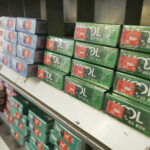How real are Putin’s nuclear threats in Ukraine?
Newslooks- (AP)
Russian President Vladimir Putin warns that he won’t hesitate to use nuclear weapons to ward off Ukraine’s attempt to reclaim control of Moscow-occupied areas that the Kremlin is about to annex. While the West dismisses that as a scare tactic, a top Putin lieutenant upped the ante by boldly saying the U.S. and its NATO allies wouldn’t dare strike Russia, even if it used nuclear weapons in Ukraine. A look at the nuclear threats over Ukraine:
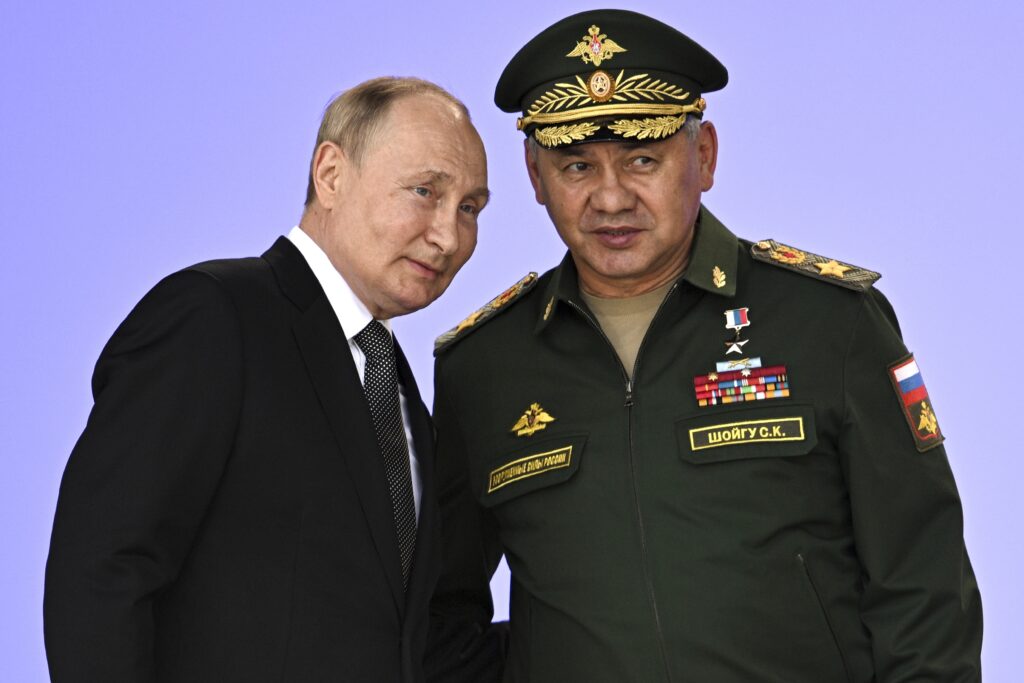
WHAT DROVE PUTIN TO MAKE THE THREATS?
A Ukrainian counteroffensive forced Russian troops to retreat rapidly from broad swaths of the northeastern Kharkiv region this month and handed Moscow its most humiliating defeat since the opening weeks of the war.
The Kremlin then speeded up its orchestrated “referendums” in occupied areas, asking if they want to come under Moscow’s rule. The voting, denounced as illegal and rigged by Kyiv and the West even before it began, predictably gave Russia the result it wanted.
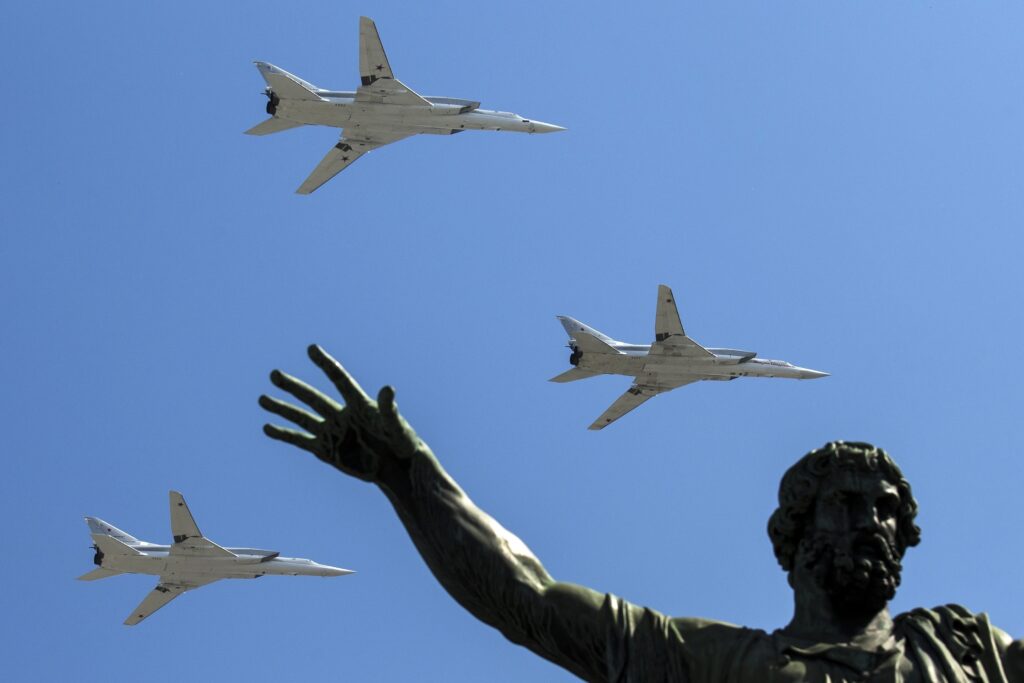
Moscow says that after incorporating the regions, it will view a Ukrainian attack on them as an act of aggression and will respond accordingly.
Putin raised the stakes further by mobilization of reservists for the war, aiming to call up at least 300,000. But the effort is proving widely unpopular, with tens of thousands fleeing Russia and fueling protests and violence that threaten to destabilize the country.
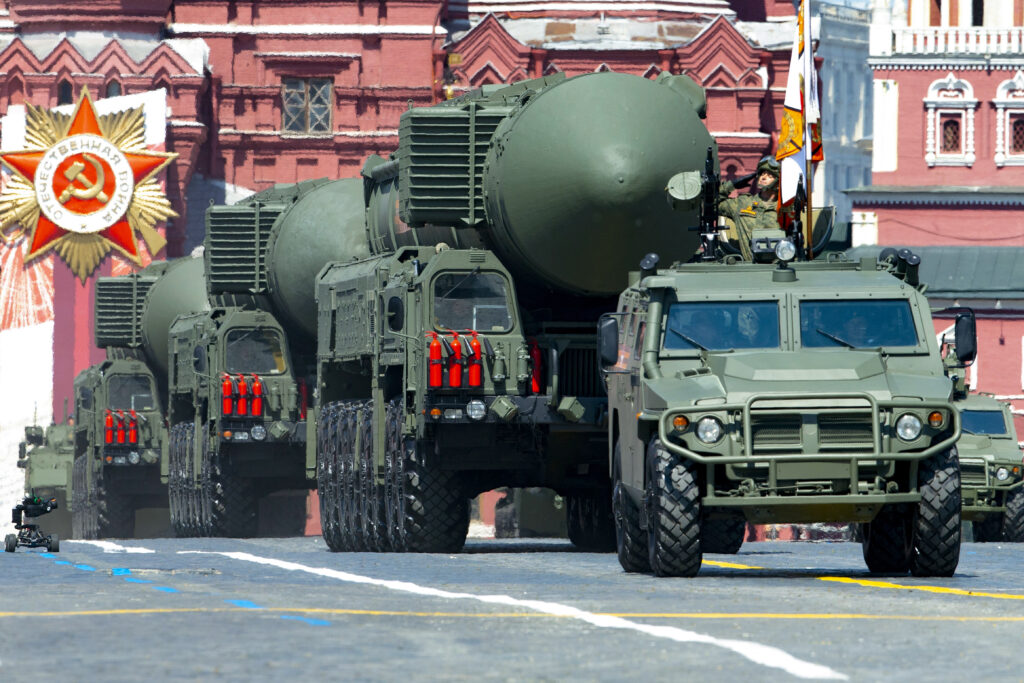
The mobilization won’t provide a quick fix for the military, however. Running out of conventional options, Putin appears to be increasingly erratic and tempted to reach for nuclear weapons to avoid a defeat that could threaten his 22-year rule.
He has repeatedly talked about using them with a terrifying ease. He chillingly has said Moscow’s enemies would die before even having time to repent their sins, and once acknowledged that nuclear war would be catastrophic, “but why would we need a world without Russia?”
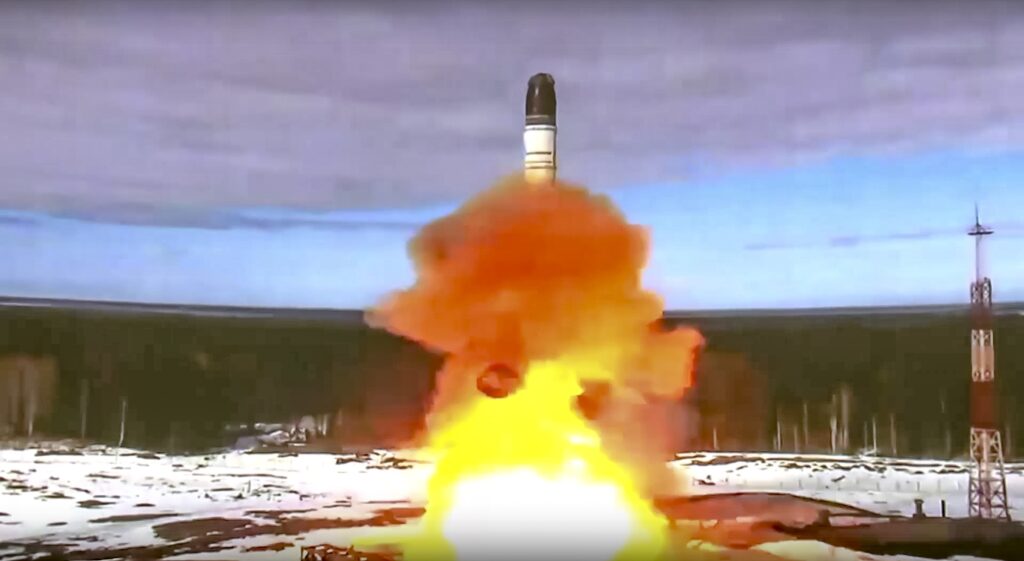
WHAT’S IN THE NUCLEAR ARSENALS?
Since the Cold War era. Russia and the United States have maintained a nuclear parity, together accounting for about 90% of the world’s nuclear arsenals.
According to data exchanged earlier this year under the New START arms reduction treaty between Moscow and Washington, Russia has 5,977 nuclear warheads for its strategic forces and the U.S. has 5,428. Each warhead is much more powerful than the bombs dropped by the U.S. on two Japanese cities at the end of World War II, the only time atomic weapons were used.
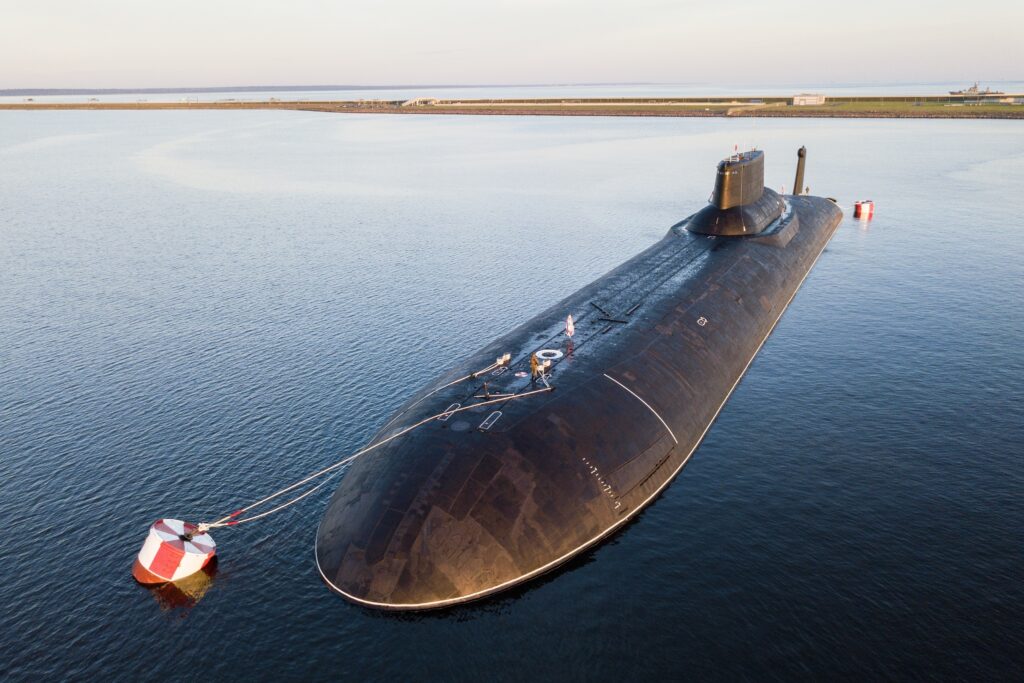
The New START pact limits the U.S. and Russian strategic arsenals that include the nuclear-tipped land- and submarine-based intercontinental ballistic missiles and nuclear-armed bombers.
In addition, however, Moscow and Washington have large, undisclosed numbers of what are known as tactical nuclear weapons.
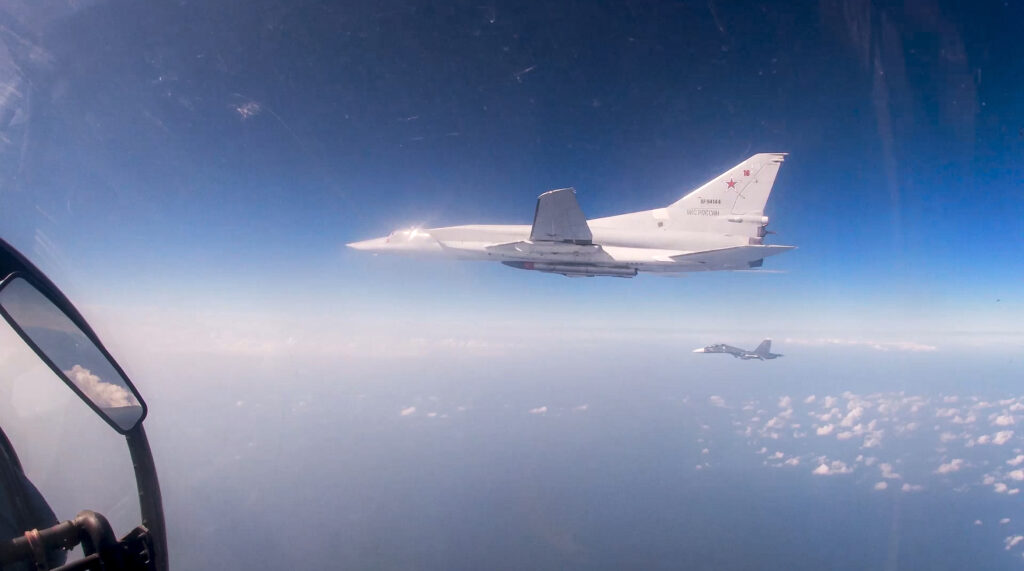
These are designed for battlefield use and have a lower yield, compared with the strategic warheads designed to destroy entire cities. These tactical weapons include bombs, artillery ordnance or warheads for short-range missiles and are intended to strike a crushing blow to troops on one designated section of the front line.
WHAT ABOUT USING A TACTICAL NUCLEAR WEAPON?
A tactical nuclear weapon strike against Ukraine would not have catastrophic consequences on the same scale as an attack with strategic warhead.
But even a low-yield nuclear weapon used on the battlefield, aside from killing troops in the immediate vicinity, would still contaminate a broad area and expose large numbers of civilians in densely-populated Ukraine and neighboring countries to radiation risks. In fact, Russia and its ally Belarus would face the highest contamination risk because of prevailing winds.
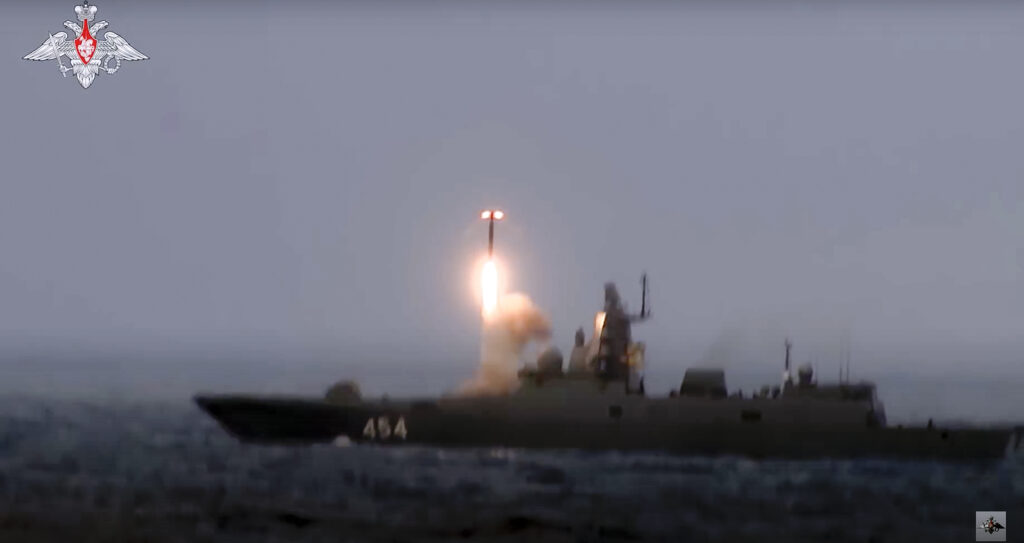
Employing even just one one low-yield nuclear weapon would also have a devastating political impact, marking the first atomic attack since August 1945. That could set the stage for a rapid escalation and perhaps lead to an all-out nuclear conflict.
U.S. national security adviser Jake Sullivan responded to Putin by saying Russia would pay a high, if unspecified, price if it used nuclear weapons against Ukraine.
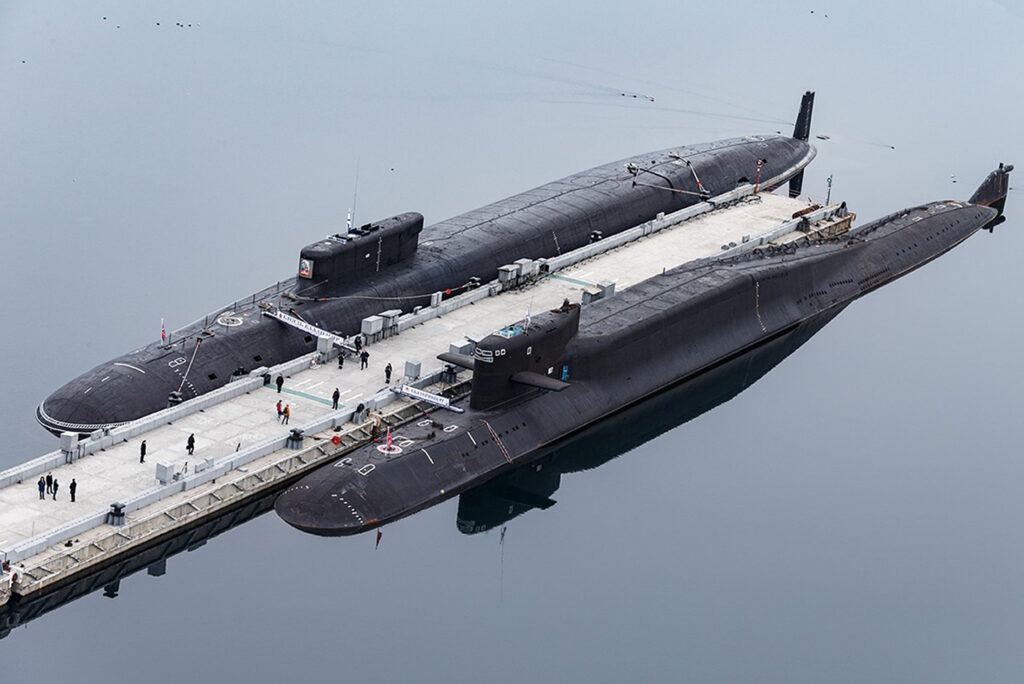
IS THIS JUST BRINKMANSHIP?
Putin has said his nuclear threat isn’t a bluff. His top associate, Dmitry Medvedev, said Tuesday that Russia has the right to use nuclear weapons in Ukraine if Kyiv threatens Russian statehood.
Medvedev declared NATO would stand back if Moscow launched a nuclear strike on Ukraine. “American and European demagogues aren’t going to die in a nuclear apocalypse, and so they will swallow the use of any weapons in the current conflict,” he said.
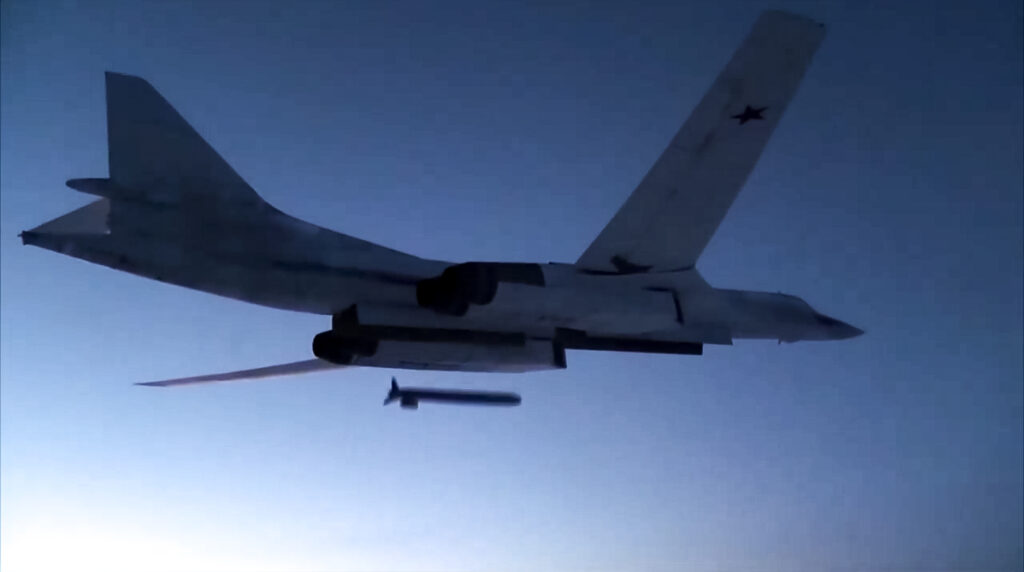
Michael McFaul, former U.S. ambassador to Moscow, tweeted that by dangling the nuclear threat, “Putin is not bluffing, he is deterring.”
“He is trying to prevent the West from providing more sophisticated weapons to Ukraine,” McFaul said.
Sergei Karaganov, a Moscow political analyst who advised the Kremlin on foreign policy, said Russia “can’t afford to lose in Ukraine,” adding: ”Our enemies should realize that they have put themselves and the entire world on hell’s brink.”
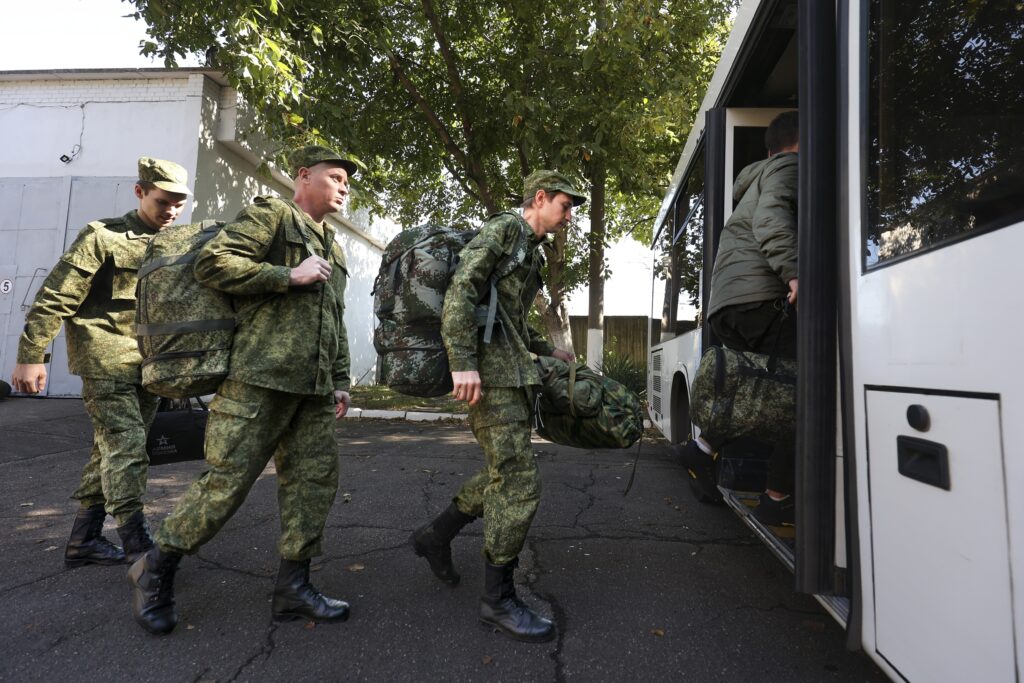
Karaganov hinted that Moscow could even ponder an escalatory option of striking a NATO ally.
“I’m 99% sure that if a nuclear strike is launched on one of the European countries supporting Ukraine, the U.S. won’t use nuclear weapons,” he said. “It would take a madman in the White House to respond to a limited use of nuclear weapons by Russia with a nuclear strike. Or a person who hates America and ready to sacrifice, say, Boston for Poznan.”
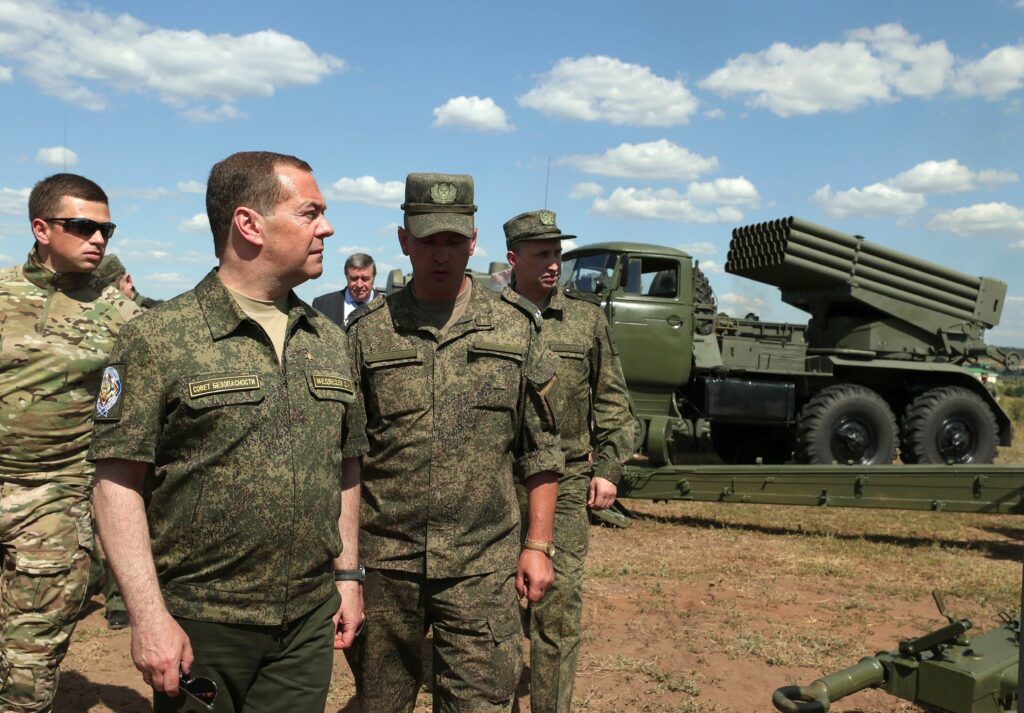
The Pentagon said last week the U.S. has seen no Russian moves that would trigger any change in America’s nuclear posture. Spotting such preparations could be difficult, however, even for U.S. spy planes, satellites and cyberintelligence.
Unlike the U.S., which relies on submarines armed with intercontinental ballistic missiles for a large part of its arsenal, most of Russian nuclear forces consists of land-based missiles. Some are mounted on mobile launchers that can be tracked, but many are in silos, making launch preparations more difficult to discern.
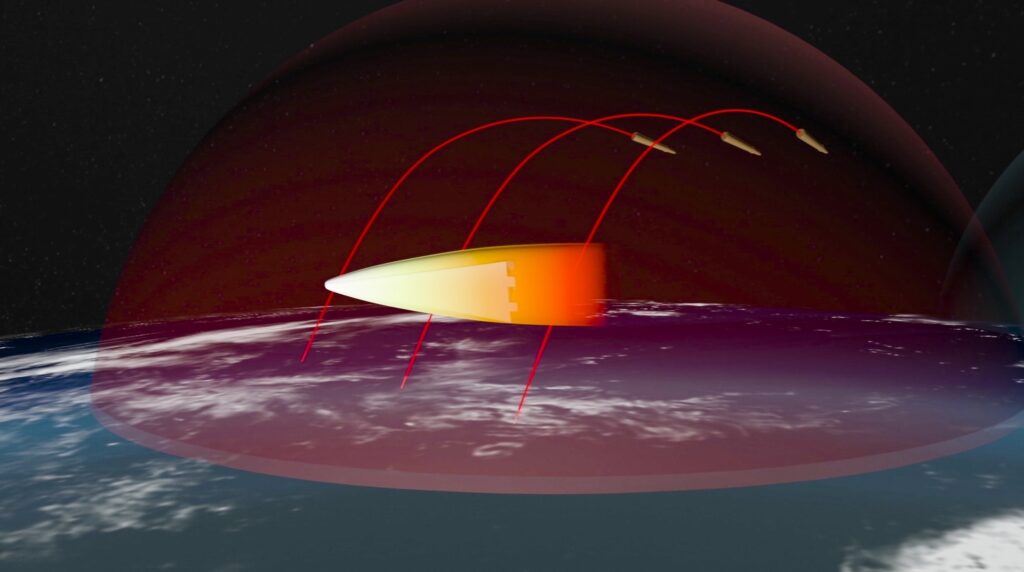
More compact battlefield nuclear weapons are even harder to track down, their small size allowing them to be deployed secretly long ahead of their possible use.
Former German Chancellor Angela Merkel said Wednesday that Putin’s threats should be taken seriously, arguing: “It’s not a sign of weakness but of political wisdom.”

